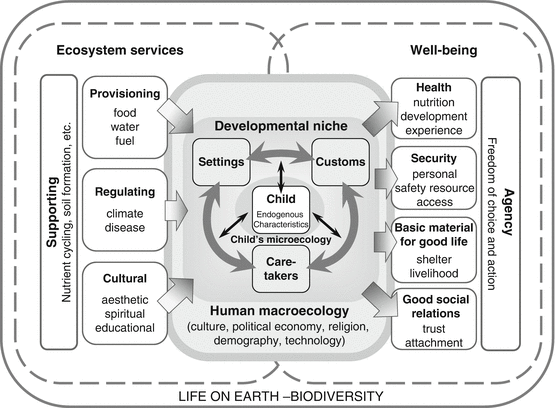


More common, especially in the West, are those who see it as a socially progressive trend of thought that affirms the power of human beings to create, improve, and reshape their environment with the aid of practical experimentation, scientific knowledge, or technology. Some commentators define modernism as a mode of thinking-one or more philosophically defined characteristics, like self-consciousness or self-reference, that run across all the novelties in the arts and the disciplines. Postmodernism is a departure from modernism and rejects its basic assumptions. While some scholars see modernism continuing into the 21st century, others see it evolving into late modernism or high modernism. A notable characteristic of modernism is self-consciousness concerning artistic and social traditions, which often led to experimentation with form, along with the use of techniques that drew attention to the processes and materials used in creating works of art. Modernism also rejected the certainty of Enlightenment thinking, and many modernists also rejected religious belief. Modernism explicitly rejected the ideology of realism and made use of the works of the past by the employment of reprise, incorporation, rewriting, recapitulation, revision and parody.

Modernist innovations included abstract art, the stream-of-consciousness novel, montage cinema, atonal and twelve-tone music, divisionist painting and modern architecture. The poet Ezra Pound's 1934 injunction to "Make it New" was the touchstone of the movement's approach. Artists attempted to depart from traditional forms of art, which they considered outdated or obsolete. The movement reflected a desire for the creation of new forms of art, philosophy, and social organization which reflected the newly emerging industrial world, including features such as urbanization, architecture, new technologies, and war. Modernism is both a philosophical and arts movement that arose from broad transformations in Western society during the late 19th and early 20th centuries. Frank Lloyd Wright, Solomon Guggenheim Museum completed in 1959


 0 kommentar(er)
0 kommentar(er)
